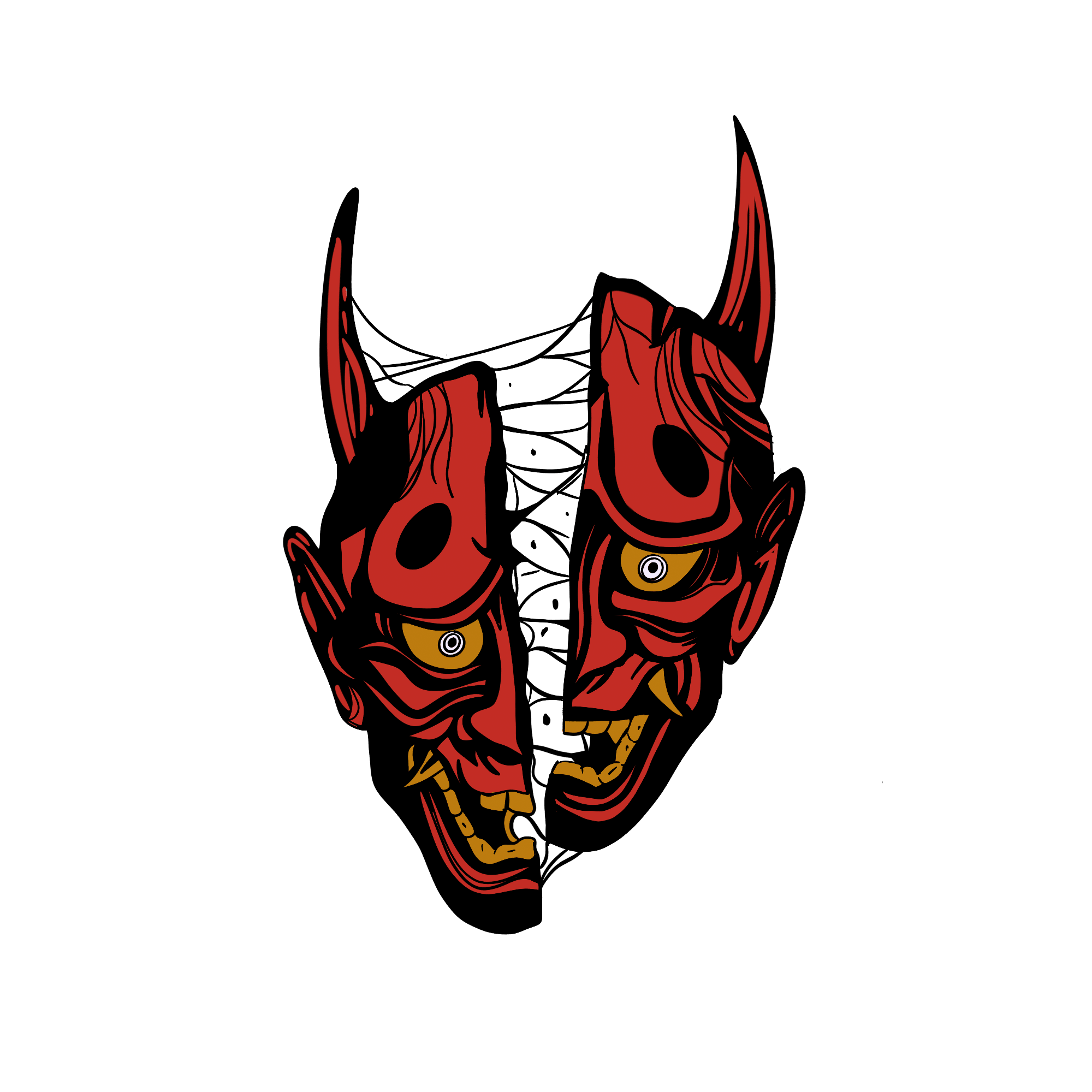Abraxas Gnostic


In the vast and intricate tapestry of mythology, there exists a realm inhabited by beings that defy conventional understanding. One such entity is Abraxas, a demon shrouded in mystery, who has fascinated scholars, occultists, and the curious alike for centuries. Abraxas represents a unique fusion of diverse religious and mystical elements, making it a captivating subject of exploration.
Abraxas made its debut in the ancient world, primarily associated with Gnostic belief systems that emerged during the early centuries of the Common Era. Gnosticism was a diverse collection of religious and philosophical movements, all sharing the common thread of seeking mystical knowledge (gnosis) to attain salvation and escape the material world's grip.
The name "Abraxas" is believed to be derived from various sources, including Greek, Hebrew, and Egyptian elements. The most common interpretation suggests that the word adds up numerically to 365 in Greek gematria, a number representing the days of the solar year. This numerical significance suggests a connection to the cosmos and time, reinforcing the idea that Abraxas embodies a complex fusion of spiritual concepts.
What truly distinguishes Abraxas is the depiction of the demon. Often portrayed as a grotesque chimera-like creature, Abraxas typically features the body of a rooster, the head of a lion, the wings of a bat or bird, and serpentine legs. This composite form symbolizes the demon's multifaceted nature, reflecting its role as a symbol of the divine and the demonic, good and evil, and everything in between.
The most prominent feature of Abraxas is the fact that it has a human body where its claws or serpentine legs hold various objects. In one hand, it often wields a whip or a scepter, signifying its dominion over forces and the power to enforce cosmic order. In the other hand, it carries a shield, which represents protection and defense against malevolent forces. Its legs, often depicted as snakes, are a nod to the serpent's role in Gnostic and ancient mythologies as a symbol of wisdom, cunning, and transformation.
Abraxas plays a pivotal role in Gnostic cosmology by representing the transcendent God beyond the material universe. Gnostic belief systems often contrasted the supreme, unknowable God (often referred to as the Pleroma) with a lesser, imperfect deity known as the Demiurge, who created the flawed material world. Abraxas, in this context, stands as a bridge between these two realms. It symbolizes the dualistic nature of existence, encompassing both divine and mundane aspects.
In Gnostic thought, Abraxas represents the idea that the material world is a mix of good and evil, light and darkness, and that true spiritual enlightenment involves transcending these dualities to achieve unity with the higher reality represented by the Pleroma.
While Abraxas's prominence is most notable in Gnostic belief systems, its influence extends beyond ancient times. During the Middle Ages, the demon found its way into various magical and mystical traditions. In medieval grimoires and occult texts, Abraxas was often invoked for protection, divination, and the pursuit of esoteric knowledge.
In more recent history, Abraxas has appeared in popular culture, literature, and art, often depicted as a mysterious and powerful entity. This enduring fascination with Abraxas highlights its timeless appeal as a symbol of the enigmatic and the unknown.
Abraxas, the enigmatic demon, remains a symbol of profound spiritual and philosophical depth. Its complex imagery and multifaceted symbolism continue to captivate the human imagination, serving as a reminder of the eternal struggle between light and darkness, good and evil, and the quest for higher knowledge. Whether seen as a guardian, a guide, or a representation of the cosmos itself, Abraxas stands as a testament to the enduring power of mythology and the human quest for understanding the mysteries of existence.
Demons



